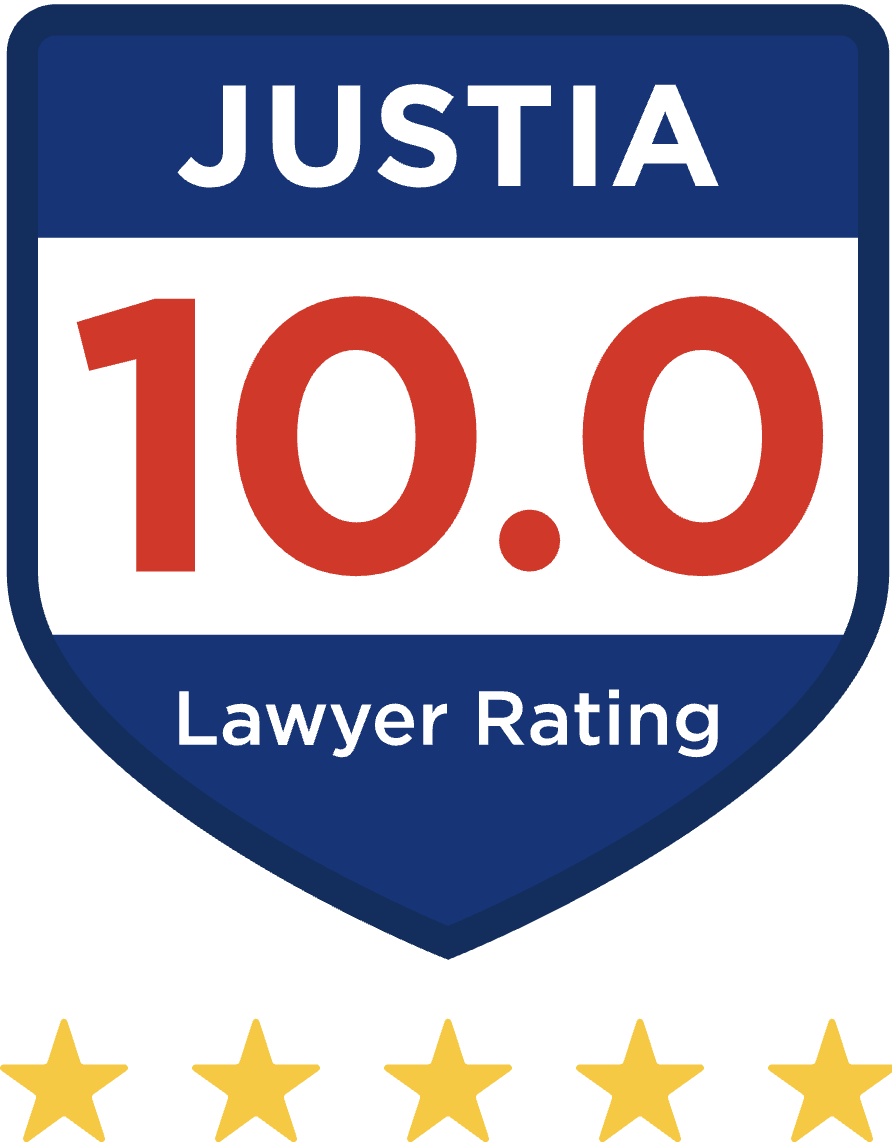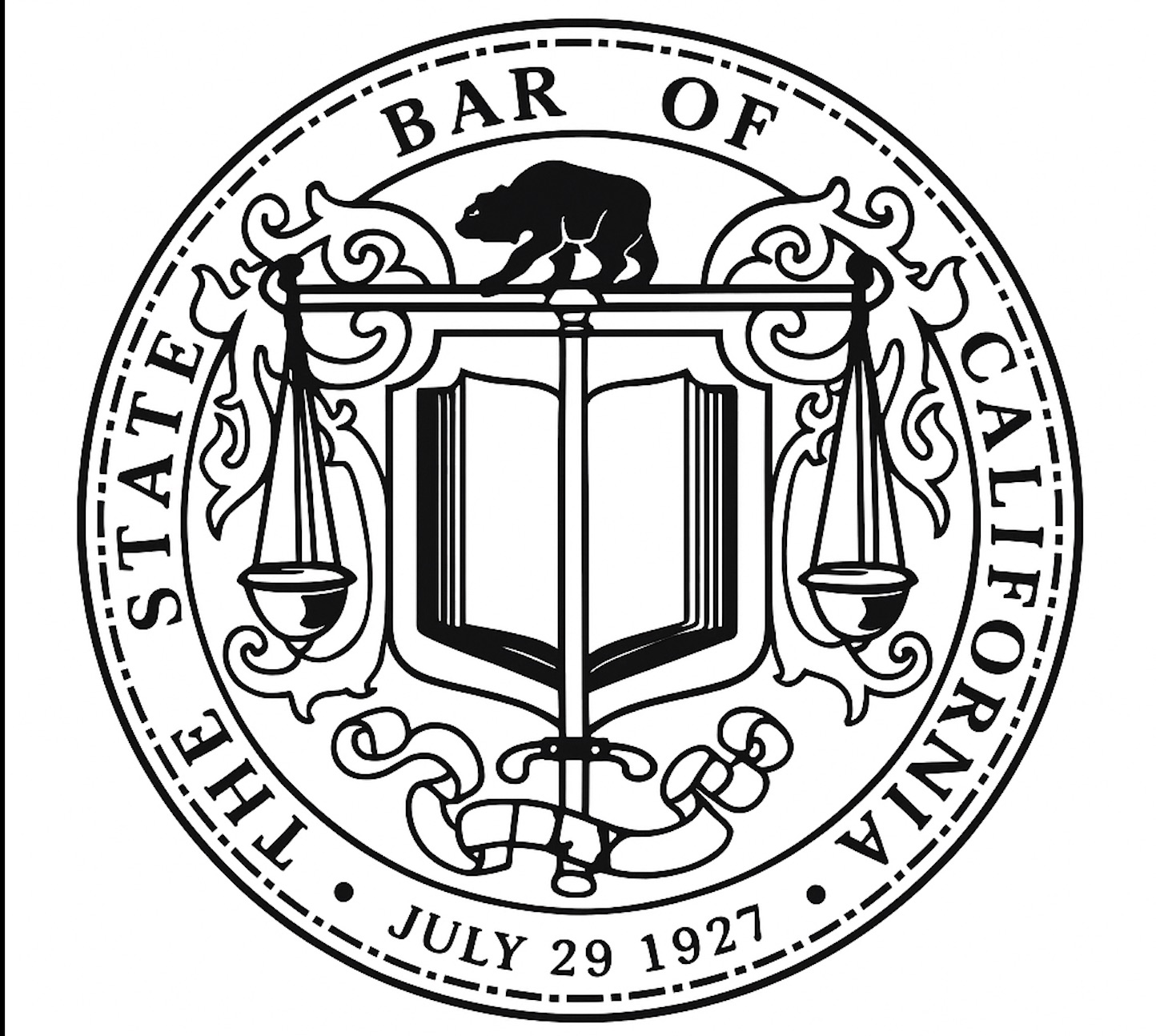Orange County Superior Court Tentative Rulings: My Essential Guide for Civil Litigants

As someone who helps clients navigate California civil courts daily, I often explain how tentative rulings work, especially in Orange County Superior Court, where this system saves time, money, and stress for everyone involved. Understanding how to read and respond to a tentative ruling can completely change the outcome of your hearing.
What Tentative Rulings Actually Are
A tentative ruling is the judge’s preliminary decision on a motion or hearing issue, posted before the scheduled hearing date. It’s essentially the court saying, “Based on what I’ve read, this is how I’m inclined to rule.”
Judges review the written briefs, declarations, and evidence you and the other party submit, then issue a tentative ruling, usually the day before the hearing. This ruling tells you what the judge is thinking and gives both sides a chance to decide whether to argue in court or submit on the written record.
When and Where Tentative Rulings Are Posted
In Orange County Superior Court, tentative rulings are typically posted by 3:00 p.m. the court day before your hearing.
You can find them easily online at:
➡️ https://www.occourts.org
From there, select “Tentative Rulings” and search by your case number or the hearing date. The rulings update daily, so it’s important to check regularly – especially the afternoon before your hearing.
Why Tentative Rulings Matter

Reading the tentative ruling tells you three key things:
- How the judge is leaning based on your papers.
- Whether oral argument is worth it – if the tentative ruling is favorable, you may not need to appear.
- Which issues the judge finds persuasive or weak – so you can focus your argument accordingly.
Tentative rulings improve efficiency. If both parties accept the judge’s preliminary ruling, it automatically becomes the final order without anyone stepping foot in court.
How to Request Oral Argument
If you disagree with the tentative ruling – or if your client insists on being heard – you must notify the court and the opposing party that you intend to appear for oral argument.
Each department may have slightly different notification procedures, but generally:
- You must notify the courtroom clerk and opposing counsel by 4:00 p.m. the day before the hearing.
- If no one requests oral argument, the tentative ruling becomes the court’s final ruling automatically.
Failing to follow this rule is one of the most common mistakes I see. If you miss the deadline to request oral argument, you lose your chance to argue – no exceptions.
What Happens at the Hearing
If someone requests oral argument, the hearing proceeds as scheduled. The judge usually begins by confirming the tentative ruling on record, then allows both sides to argue.
Here’s my professional advice:
- Do not rehash your entire motion. The judge already read it.
- Focus only on the specific points the judge questioned or misinterpreted in the tentative ruling.
- Keep your argument clear, respectful, and concise.
- Be prepared for questions – the judge may test your reasoning or ask for clarification.
After argument, the judge can adopt the tentative ruling, modify it, or change it entirely.
If You’re Self-Represented
For self-represented litigants, tentative rulings are your best window into how the court works. They show exactly how judges analyze written arguments, and where cases succeed or fail.
When you read your tentative ruling:
- Highlight the judge’s reasoning.
- Note what legal authorities the court relied on.
- If you plan to request oral argument, prepare short, factual points showing why the tentative ruling misapplies the law or overlooks key evidence.
If you agree with the tentative ruling, you don’t have to appear. The tentative automatically becomes the final ruling once the deadline to request argument passes.
The Benefits of Tentative Rulings
From a professional standpoint, the tentative ruling system is one of the most efficient practices in California civil courts. It:
- Reduces unnecessary appearances, saving time and costs.
- Improves transparency, since everyone knows how the judge is leaning.
- Encourages settlement, because parties see the likely outcome in advance.
- Sharpens oral arguments, since attorneys can address specific issues directly.
My Practice Tips for Tentative Rulings
- Check early and often. Always review tentative rulings as soon as they post – usually after 3:00 p.m. the day before.
- Decide fast. If the ruling is favorable, submit on it. If not, file your appearance notice promptly.
- Focus your argument. When you appear, respond to the judge’s reasoning, not your opponent’s rhetoric.
- Bring a concise outline. Having bullet points ready shows you respect the court’s time.
- Stay professional. Judges appreciate calm, direct argument – not emotion or frustration.
Why Legal Guidance Still Matters
Even though the tentative ruling system makes things more predictable, civil litigation remains complex. How you respond to a tentative ruling can make or break your case.
At JLegal, our litigation team appears regularly before Orange County Superior Court judges and understands how to read, interpret, and respond to tentative rulings effectively. We know which points persuade judges to reconsider, and when it’s smarter to submit and save your client unnecessary expense.
If you’re handling your own civil case or new to litigation, professional review of your motion papers or tentative ruling response can help you avoid missteps that cost time and credibility.
Final Thoughts
The tentative ruling system in Orange County Superior Court is designed to make the civil process faster, fairer, and more efficient, but it only works if you understand how to use it.
Always check the ruling online, respect the notification deadlines, and prepare your oral arguments strategically. Whether you’re an attorney or self-represented, this system gives you a preview of the judge’s reasoning, use that information wisely.
If you need help interpreting a tentative ruling or preparing for oral argument, contact our office for guidance. We’ll help you frame your response, preserve your rights, and approach the hearing with confidence.













